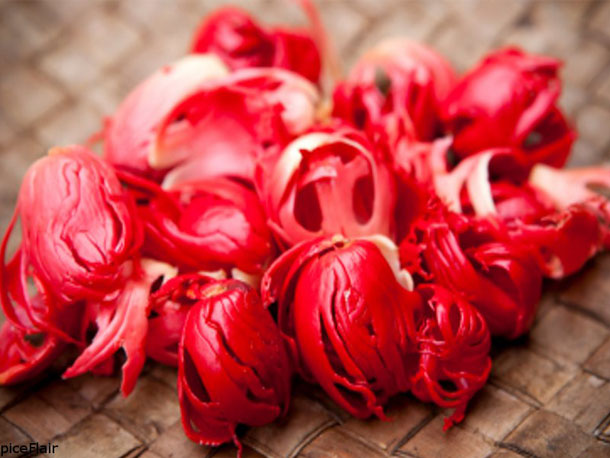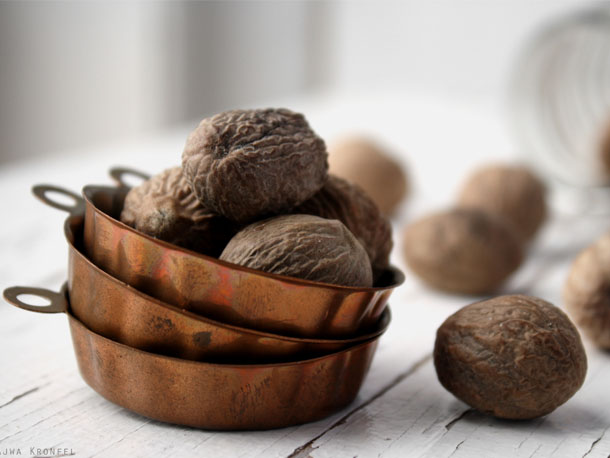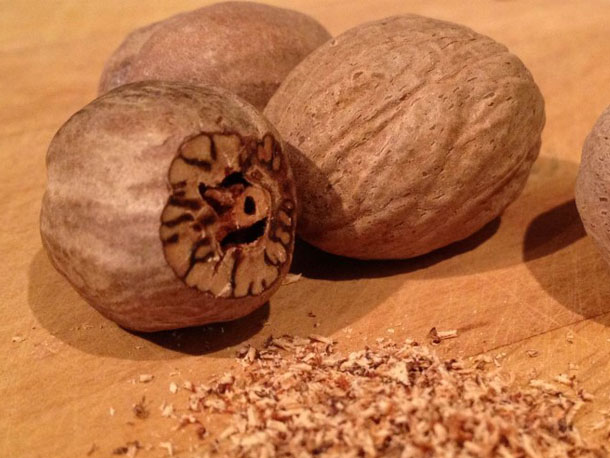Indian nutmeg producers gain from favourable output

Indian nutmeg producers have benefited from a good crop in the country this year, Mumbai-based international broker Spicexim noted in a market report covering July and August 2013.
The country is also seeing positive developments in the cumin seed market.
Spicexim noted that as a result of a favourable crop, Indian nutmeg prices this year were competitive against those of its main rival, Indonesia. “Good export demand was witnessed for Indian nutmeg especially within Asian markets. The good crop ensured that India could supply aflatoxin-free guaranteed material also to Europe,” it observed.
However, the report added that due to heavy rainfall in July and August, local prices in India rose “impressively” along with prices of aflatoxin-free material as the wet conditions led to higher risk of aflatoxin development.
With the festival season in nutmeg growing areas in the middle of September, Spicexim expects Indian nutmeg prices to remain steady to firm.
Meanwhile, Indian cumin seed prices were seen as falling to “very attractive levels” due to the strong US dollar, further encouraging export demand. “With sowing for new crop to begin from middle October 2013 we expect prices to remain steady to firm, as India remains the only origin with enough stocks,” Spicexim noted.
The country has been less fortunate in the cardamom market.
Lowered view on cardamom crop
Initially, the new crop was expected to be very favourable at 16,000 to 18,000 tonnes. However, heavy rainfall during July and August led to crop damage, prompting estimates of a 25-30% fall in production. “Prices have remained steady on [the] back of weak currency and negligible demand. With local festival season to begin soon, we may see good local demand leading to firm prices,” Spicexim said.
The company noted that Guatemala’s new crop was expected to begin from October onwards, recalling that last year’s crop was a record high of around 38,000 tonnes.
Turmeric prices were steady to weak due to sluggish export demand, it observed. The weak currency had put prices at very attractive levels and this could be used as an opportunity for coverage for the entire year, Spicexim suggested.
The report added that sowing was almost complete in most of the growing areas due to good rainfall. Looking at the lower prices received this year by farmers, initial estimates were of a lower planted area compared with last year. “We expect prices to remain steady going forward,” the company stated.
There was limited availability of Allepey turmeric cargoes, but prices had remained steady due to weak currency.
Spicexim viewed the Indian chilli market as remaining very steady this year. “Arrivals at Guntur market yard have been good and cold storage stocks are at average levels. The good rainfall received has been encouraging, with most of the sowing complete,” it added.
The Indian black pepper market had been very active after news spread of the destruction of around 900 tonnes of black pepper that had been confiscated earlier. Those who were waiting for the cargo of about 7,000 to be released had been scrambling to cover their requirements.
A jump in local pepper prices was negated to a large extent by the depreciation of the currency. “What made matters worse, the imports of other cheaper origins turned expensive due to the depreciating currency, resulting in a very firm local market,” Spicexim remarked.





